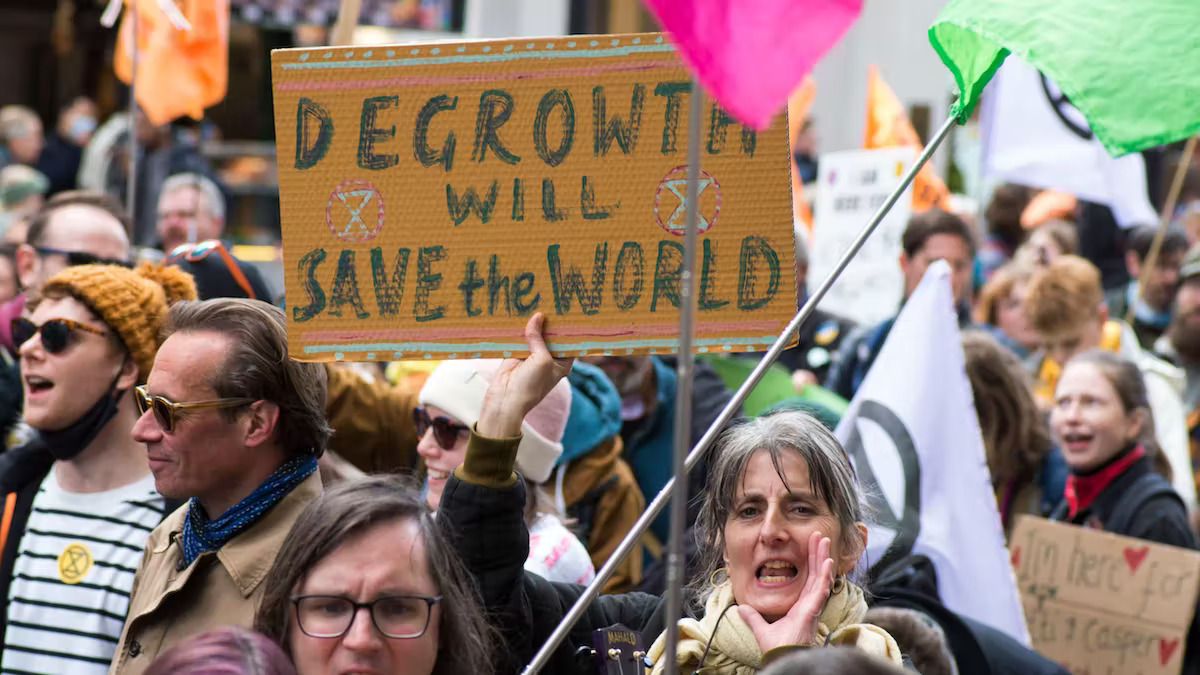Do you know that your pets too contribute to carbon footprints? We humans as pet owners are speeding up the climate change process with our irresponsible practices for our canine and feline companions at home. There is a massive global impact of 470 million pet dogs and 370 million pet cats on the planet, adding to climate change.
In his book “How Bad Are Bananas?”, Mike Berners-Lee, a pet owner himself, through his scientific research, revealed the carbon footprint of many things, including pets. According to his studies, an average-size cat generates 310kg of CO2e per year, an average-size dog produces 770 kg of CO2e per year, and a large dog creates 2,500kg of CO2e per year.
These figures are alarming.
Nevertheless, there are ways to curb the carbon pawprints of our pets.
How good is pet food?
What you assume to be good as your pets’ food is most detrimental to the environment. In a report, Gregory Okin, Professor, U.C.L.A. elucidates how every year, over 64 million tons of greenhouse gases are released only because of America’s pet cats’ and dogs’ eating habits.
Pets feed on about a fifth of the world’s fish and meat. One kilo of beef production generates 1,000 kilos of carbon dioxide. Every year, 49 million hectares of agricultural land is used to produce dry pet food for cats and dogs. The pet food industry generates higher greenhouse gases each year compared to countries like Philippines.
Solution
To keep the environment and your pets healthy, cut down on the treats. Don’t overfeed them. From the beef switch to chicken or dry fish food. For packed pet food, go for sustainable brands ranked according to environmental and ethical standards. A few brands have developed nutritious and healthy alternatives for your pets by replacing them with insect-protein-based food. Such products cause 96% fewer emissions than beef.
Tomojo is one such brand. Explaining the idea behind coming up with eco-friendly pet food, it says one rarely knows the quality of regular pet food, besides its impact on the environment. Tomojo’s recipe replaces conventional animal meat with insect protein. Their production uses fewer of the earth’s precious natural resources and doesn’t add growth hormones or antibiotics.
Meanwhile, you can also whip up D.I.Y. sustainable recipes for your dogs and cats by consulting the vet.
Breeding can leave the environment bleeding
Humans’ fancy for good breed pups and kittens is growing the breeders’ market at an exponential rate. It has led to overpopulation, and the cycle gets us back to creating carbon emissions.
Solution
Firstly, do consider neutering or spaying, as it helps to restrain the problem of strays. Another answer lies in adoption. Every year, 2.7 million unwanted cats and dogs are euthanized. They can be your pets too.
Pets’ litter can leave the environment tattered
The majority of cat litter is loaded with mineral-based products (strip-mined). It costs the environment gravely. Meanwhile, Toxoplasma gondii, a toxic parasite, is often found in cats’ waste. It is harmful to humans and other animals. Instead of flushing it, the pet owner must tie the cat poop in a bag and dispose of it in the bin.
Solution
Researches in this field suggest using plant-based cat litter products. These variants are made out of alfalfa pellets, wheat, ground-up corn cobs, recycled newspaper pellets etc. Similarly, for your dog’s feces, use biodegradable bags. Alternately, if your house has a backyard or a garden, create a composting pit for your doggie’s poop.
Pets’ entertainment comes at a cost to the climate
Pet owners’ habit of splurging on pet toys and chewable play products adds to the production of merchandise not healthy for mother earth. A gigantic pet entertainment industry is thriving on it. According to Future Market Insights analysis, pet toy sales will grow at a 7.2% CAGR between 2021 and 2031. Sadly, most products contain a massive amount of non-environment friendly materials. What is more alarming is their short-time use, as pets tend to get bored very quickly. And the toys add to non-biodegradable solid waste.
Solution
Switch to eco-friendly toys. One can search Freecycle, Gumtree to procure second-hand toys and pet accessories. A few brands making environment-friendly toys & accessories are West Paw (Dog’s Best Friend), Zero Waste Dog, Eleanor and Milo, P.L.A.Y., Harry Barker and Tuffy’s Pet Toys. P.L.A.Y. mission says that they are serious about helping the environment. We want to make our planet better.
According to Spencer Williams, C.E.O., President, Dog’s Best Friend, “Our work is to use our business as a force for good to help future generations enjoy a healthy planet, and strong communities.”
Meanwhile, you can D.I.Y. pet toys repurposing old things at home. For example, upcycle a dog toy by using an old t-shirt, a tennis ball, a ribbon. There are several video tutorials by many pet toys upcycling artists.









